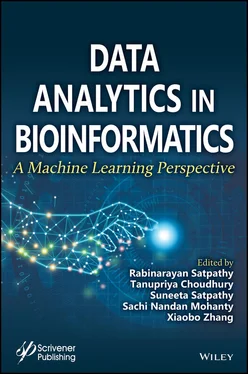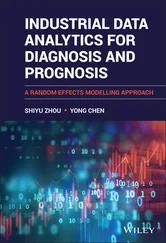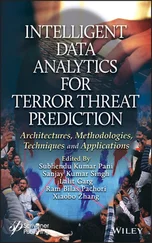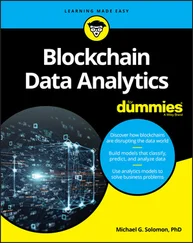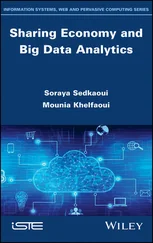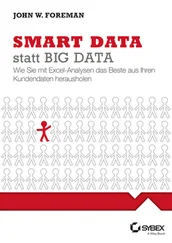403 405
404 406
405 407
406 408
407 409
408 410
409 411
410 412
411 413
412 414
413 415
414 416
415 417
416 418
417 419
418 420
419 421
420 422
421 423
422 424
423 425
424 426
425 427
426 428
427 429
428 431
429 432
430 433
431 434
432 435
433 436
434 437
435 438
436 439
437 440
438 441
439 442
440 443
441 444
442 445
443 446
444 447
445 448
446 449
447 450
448 451
449 452
450 453
451 454
452 455
453 456
454 457
455 459
456 461
457 462
458 463
459 464
460 465
461 466
462 467
463 468
464 469
465 470
466 471
467 472
468 473
469 474
470 475
471 476
472 477
473 478
474 479
475 480
476 481
477 482
478 483
479 484
480 485
481 486
482 487
483 488
484 489
485 490
486 491
487 492
488 493
489 494
490 495
491 496
492 497
493 498
494 499
495 500
496 501
497 502
498 503
499 504
500 505
501 507
502 508
503 509
504 510
505 511
506 512
507 513
508 514
Scrivener Publishing
100 Cummings Center, Suite 541J
Beverly, MA 01915-6106
Publishers at Scrivener
Martin Scrivener ( martin@scrivenerpublishing.com)
Phillip Carmical ( pcarmical@scrivenerpublishing.com)
Data Analytics in Bioinformatics
A Machine Learning Perspective
Edited by
Rabinarayan Satpathy
Tanupriya Choudhury
Suneeta Satpathy
Sachi Nandan Mohanty
and
Xiaobo Zhang

This edition first published 2021 by John Wiley & Sons, Inc., 111 River Street, Hoboken, NJ 07030, USA and Scrivener Publishing LLC, 100 Cummings Center, Suite 541J, Beverly, MA 01915, USA
© 2021 Scrivener Publishing LLC
For more information about Scrivener publications please visit www.scrivenerpublishing.com.
All rights reserved. No part of this publication may be reproduced, stored in a retrieval system, or transmitted, in any form or by any means, electronic, mechanical, photocopying, recording, or otherwise, except as permitted by law. Advice on how to obtain permission to reuse material from this title is available at http://www.wiley.com/go/permissions.
Wiley Global Headquarters
111 River Street, Hoboken, NJ 07030, USA
For details of our global editorial offices, customer services, and more information about Wiley products visit us at www.wiley.com.
Limit of Liability/Disclaimer of Warranty
While the publisher and authors have used their best efforts in preparing this work, they make no representations or warranties with respect to the accuracy or completeness of the contents of this work and specifically disclaim all warranties, including without limitation any implied warranties of merchantability or fitness for a particular purpose. No warranty may be created or extended by sales representatives, written sales materials, or promotional statements for this work. The fact that an organization, website, or product is referred to in this work as a citation and/or potential source of further information does not mean that the publisher and authors endorse the information or services the organization, website, or product may provide or recommendations it may make. This work is sold with the understanding that the publisher is not engaged in rendering professional services. The advice and strategies contained herein may not be suitable for your situation. You should consult with a specialist where appropriate. Neither the publisher nor authors shall be liable for any loss of profit or any other commercial damages, including but not limited to special, incidental, consequential, or other damages. Further, readers should be aware that websites listed in this work may have changed or disappeared between when this work was written and when it is read.
Library of Congress Cataloging-in-Publication Data
ISBN 978-1-119-78553-8
Cover image: Pixabay.Com
Cover design by Russell Richardson
Set in size of 11pt and Minion Pro by Manila Typesetting Company, Makati, Philippines
Printed in the USA
10 9 8 7 6 5 4 3 2 1
Machine learning has become increasingly popular in recent decades due to its well-defined algorithms and techniques that enable computers to learn and solve real-life problems which are difficult, time-consuming, and tedious to solve traditionally. Regarded as a subdomain of artificial intelligence, it has a gamut of applications in the field of healthcare, medical diagnosis, bioinformatics, natural language processing, stock market analysis and many more. Recently, there has been an explosion of heterogeneous biological data requiring analysis, retrieval of useful patterns, management and proper storage. Moreover, there is the additional challenge of developing automated tools and techniques that can deal with these different kinds of outsized data in order to translate and transform computational modelling of biological systems and its correlated disciplinary data for further classification, clustering, prediction and decision-making.
Machine learning has justified its potential with its application in extracting relevant information in various biological domains like bioinformatics. It has been successful in dealing with and finding efficient solutions for complex biomedical problems. Prior to the application of machine learning, traditional mathematical as well as statistical models were used along with the domain of expert intelligence to carry out investigations and experiments manually, using instruments, hands and eyes, etc. But such conventional methods alone are not enough to deal with large volumes of different types of biological data. Hence, the application of machine learning techniques has become the need of the hour in research in order to find a solution to complex bioinformatics applications for both the disciplines of computer science and biology. With this in mind, this book has been designed with a number of chapters from eminent researchers who relate and explain the machine learning techniques and their application to various bioinformatics problems such as classification and prediction of disease, feature selection, dimensionality reduction, gene selection, etc. Since the chapters are based on progressive collaborative research work on a broad range of topics and implementations, it will be of interest to both students and researchers from the computer science as well as biological domains.
This edited book is compiled using four sections, with the first section rationalizing the applications of machine learning techniques in bioinformatics with introductory chapters. The subsequent chapters in the second section flows with machine learning technological applications for dimensionality reduction, feature & gene selection, plant disease analysis & prediction as well as cluster analysis. Further, the third section of the book brings together a variety of machine learning research applications to healthcare domain. Then the book dives into the concluding remarks of machine learning applications to stock market behavioural analysis and prediction.
Читать дальше
